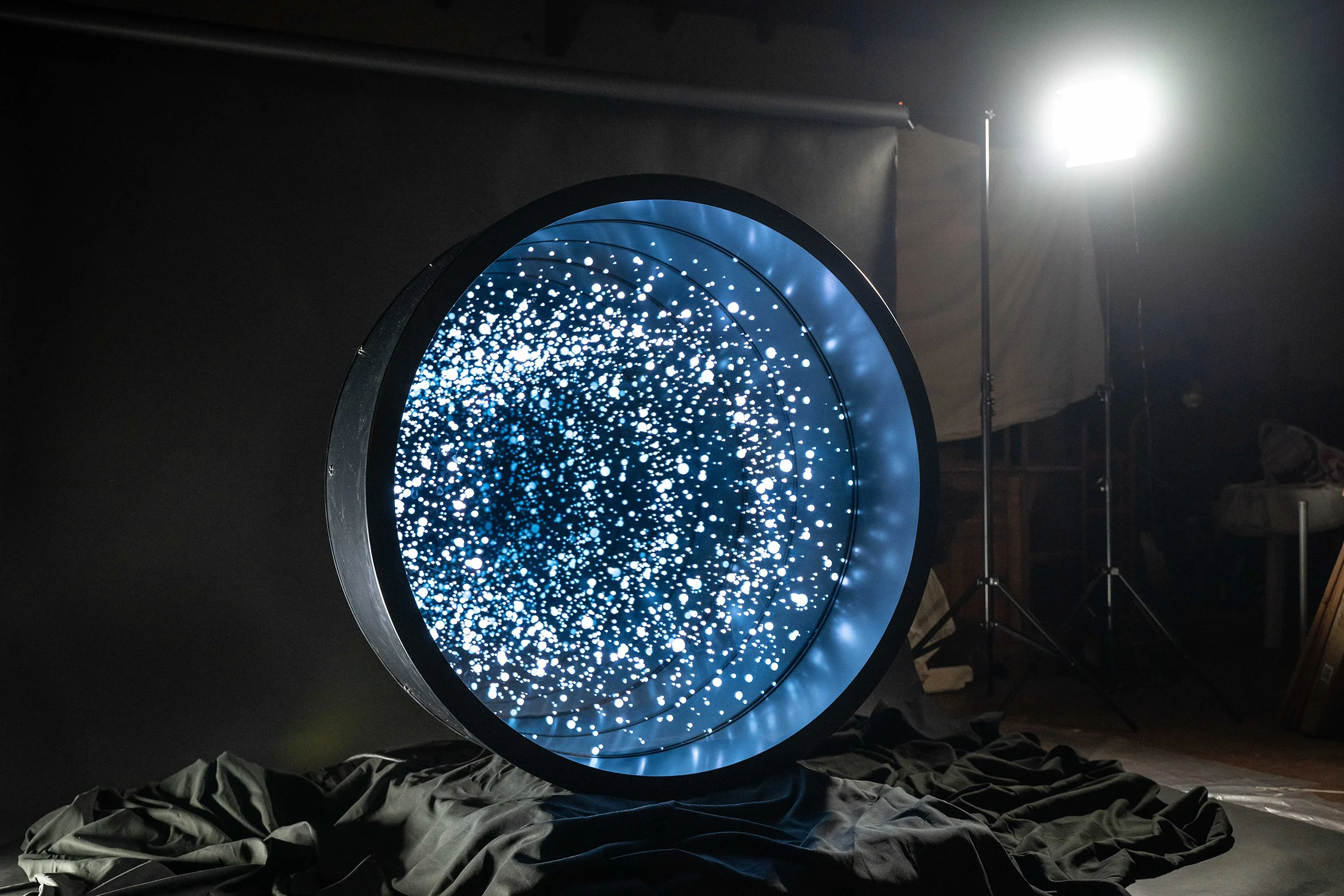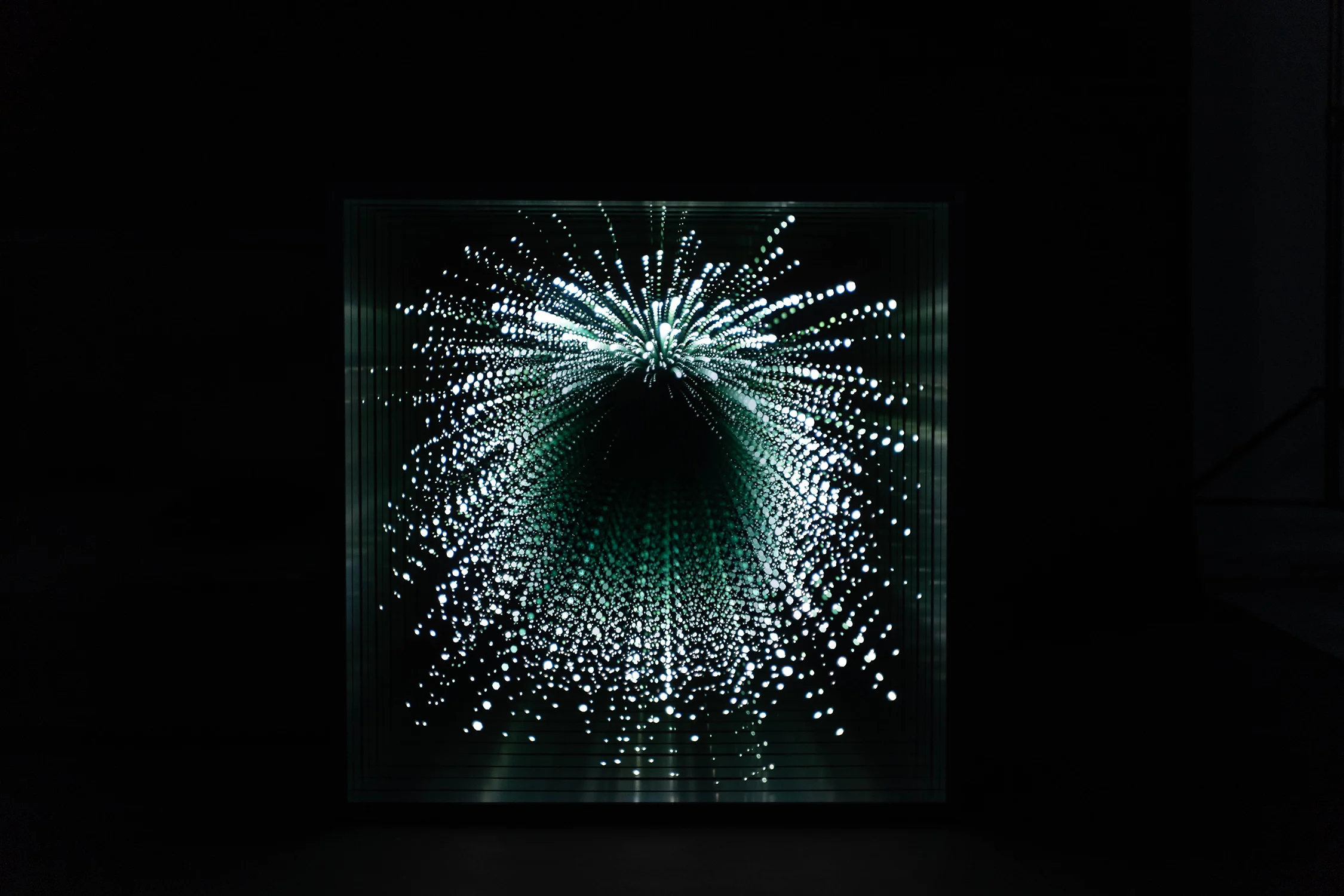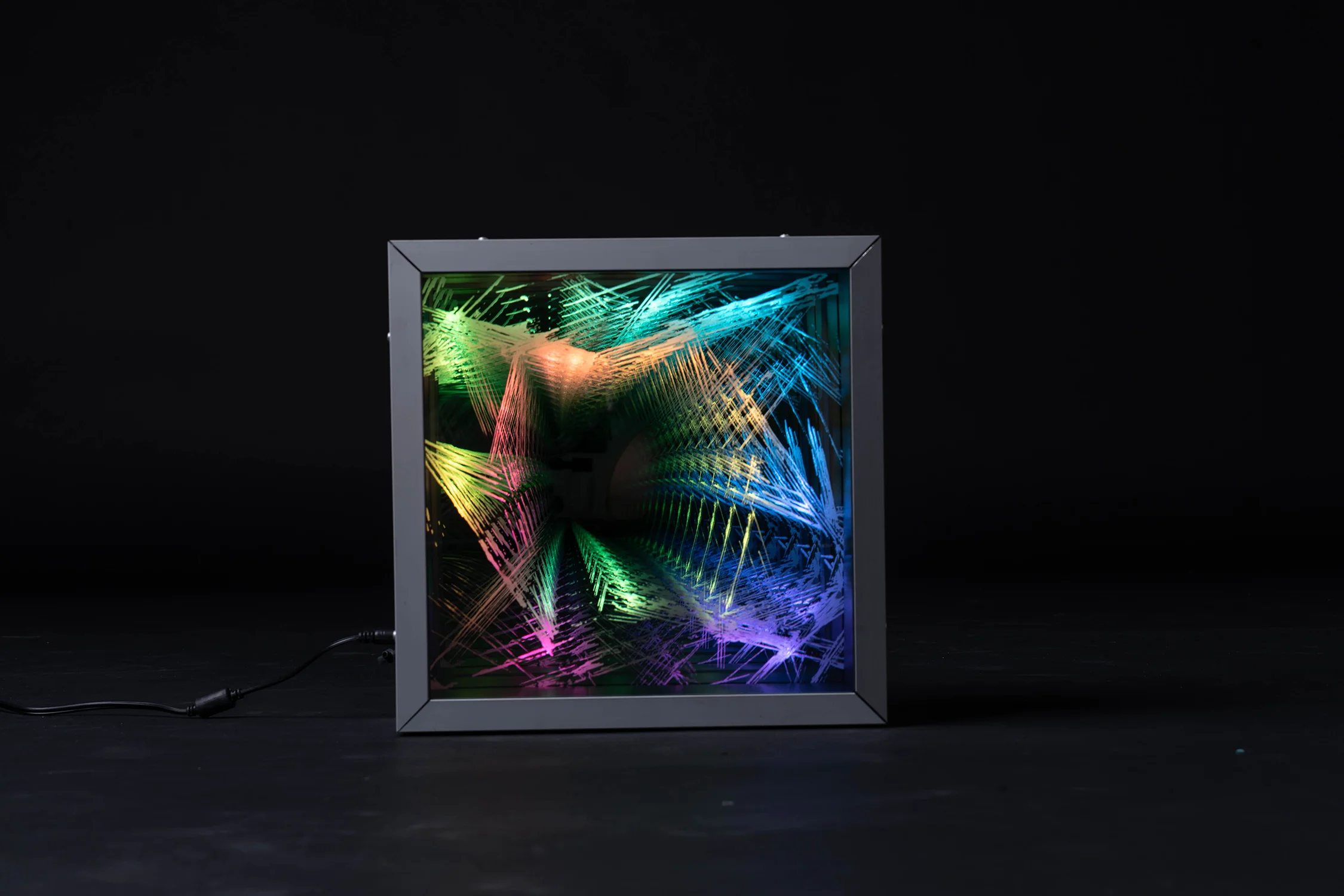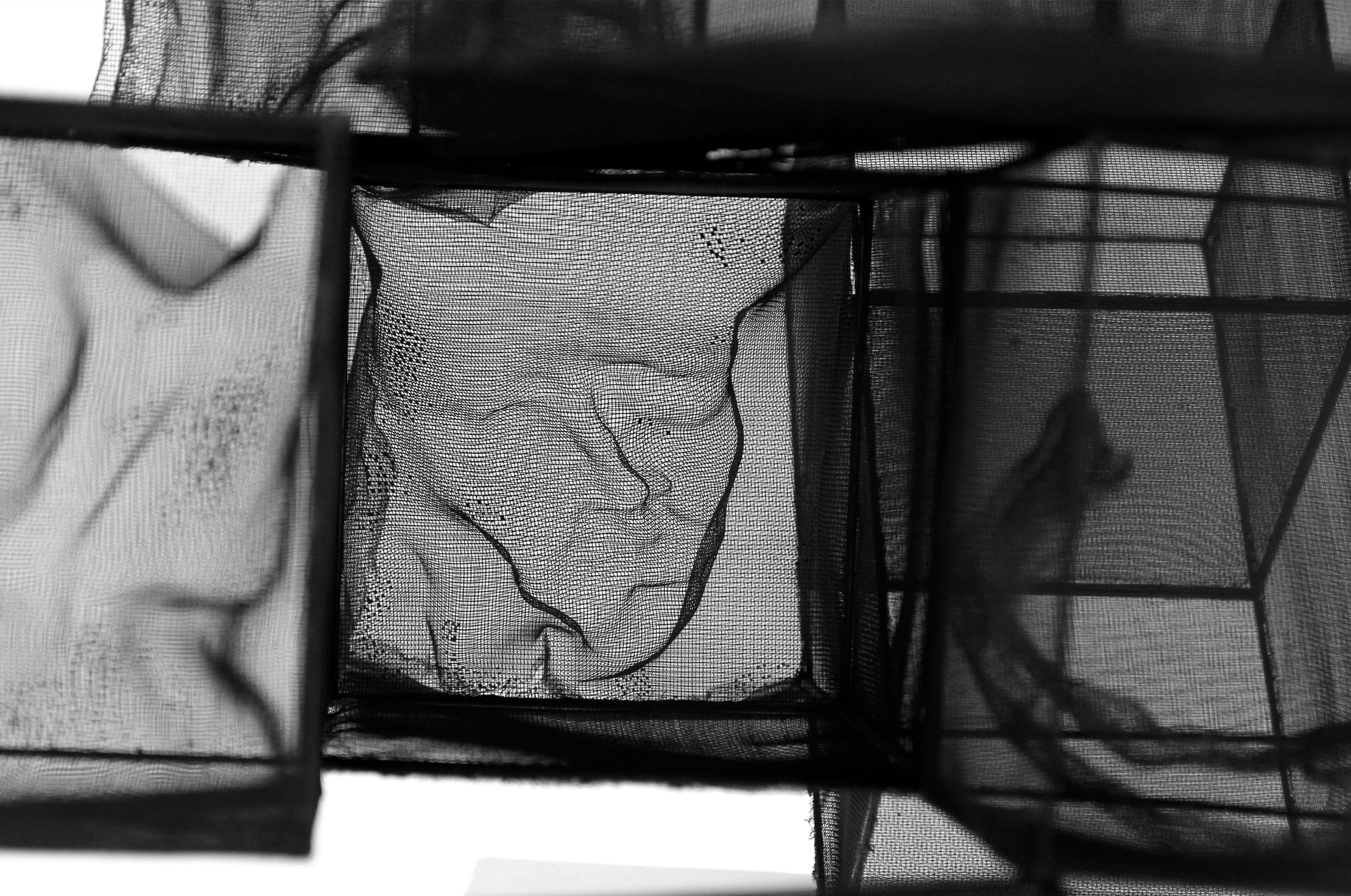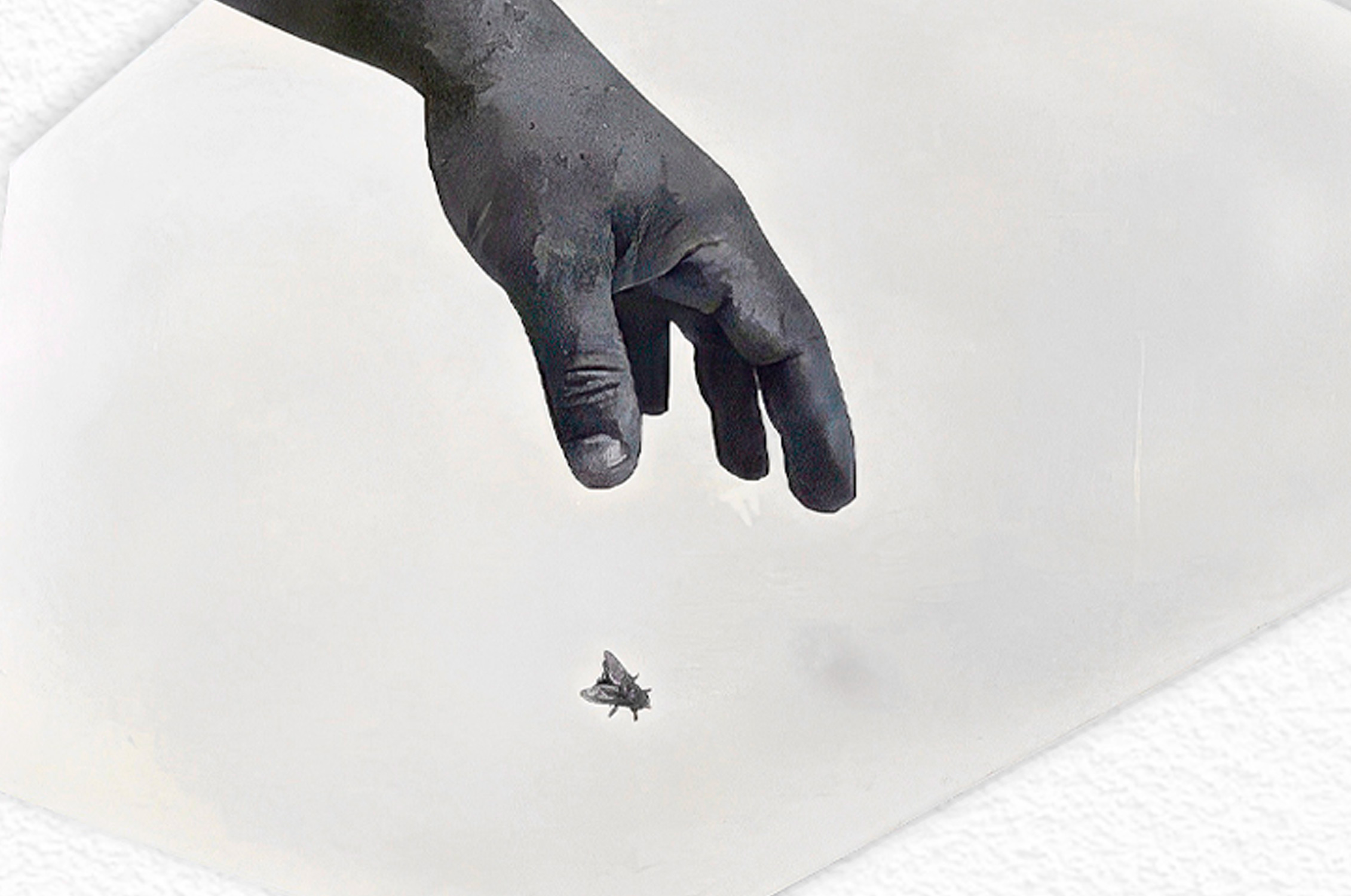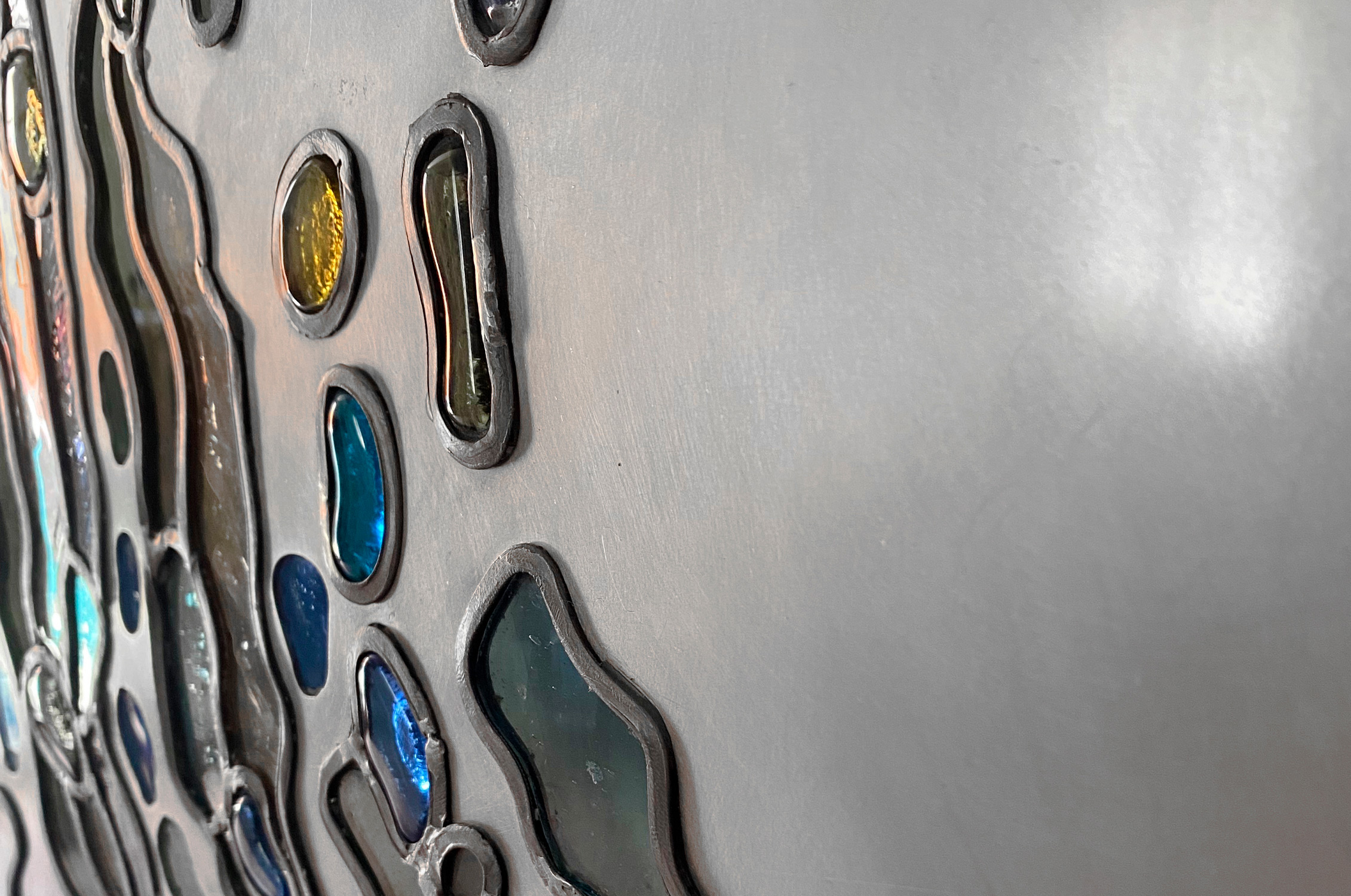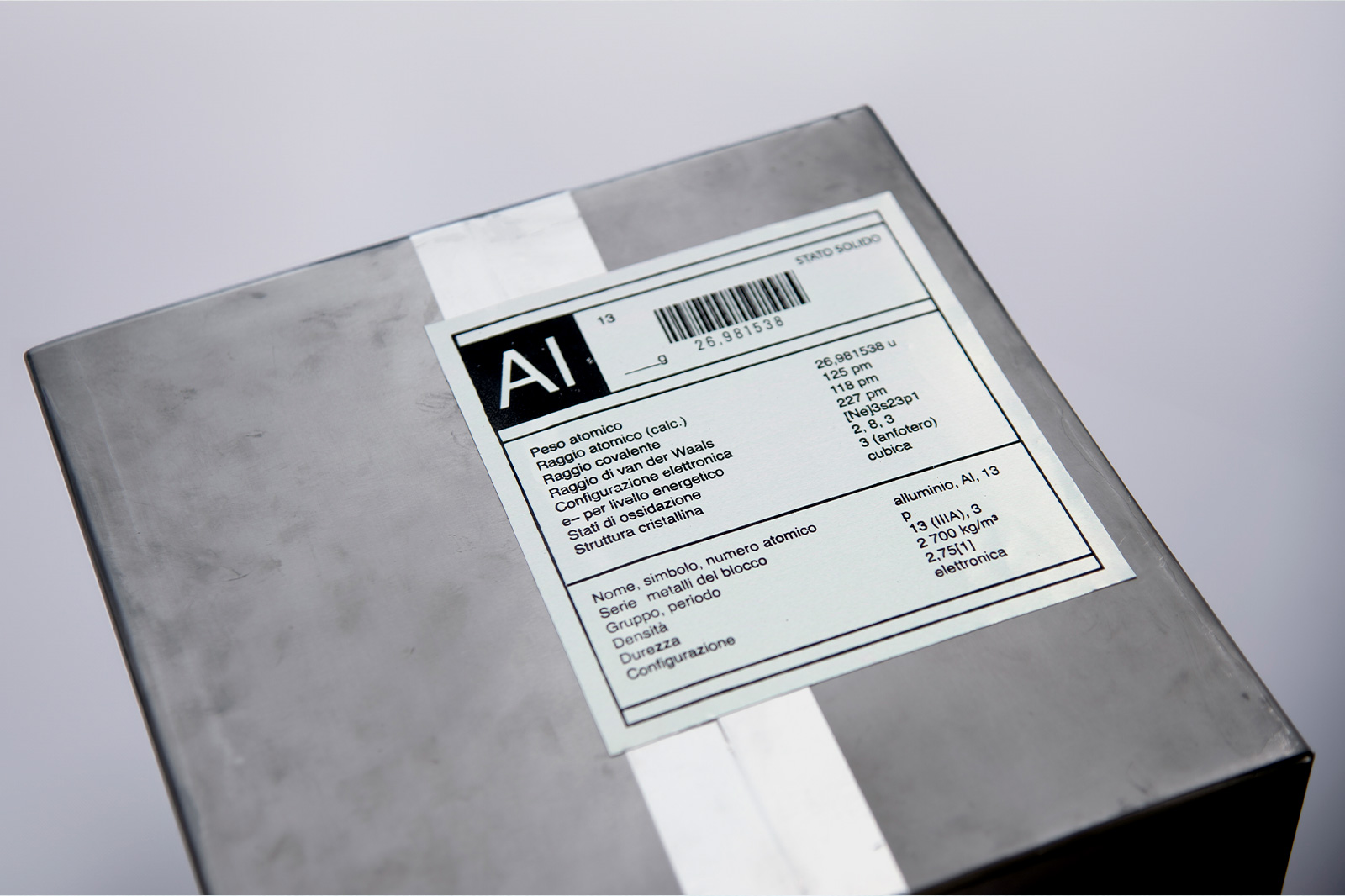SPECIAL MENTION OF THE JURY 20-21
Interview to Penelope Chiara Cocchi
by Ilaria Ferri
Penelope Chiara Cocchi is an artist who lives and works between Bologna and Florida (USA). After an SSLMIT Degree, School of Interpreting and Translation, she graduated from the Academy of Fine Arts in Bologna in 2011. Her most recent artistic production is based on the infinity mirror technique. Through her “Star Gates”, real sensorial installations, she talks about themes that cross philosophy, passing through anthropology, literature and science.
She has exhibited her artworks in several solo and group exhibitions both in Italy and abroad: in the USA, Russia, Mexico, Austria, England. She has exhibited at Venice Biennale, the MISP Museum in St. Petersburg, the MACRO in Rome, the Ringling Museum in Florida, the IIC in San Francisco and many others. Finalist and winner of several international awards.
Your artistic path embraces various disciplines: art, philosophy, and science that come together in the search of the meaning of the origins of ideas, and of humanity. Do you think art is a means for knowledge and sharing one’s personal discoveries? Is it a means to scan the world, nature and therefore understand oneself better, or is it a spontaneous process that naturally investigates the ultimate meaning of Life?
I find that both descriptions fit my path. First of all, Art is a NEED for me, as well as for mankind. It is a spontaneous, natural process, without which the I would not be me, without which the artist would not be able to breathe. You are an artist beyond your professional position, beyond sales and exhibitions: you are an artist out of the pure need to express yourself through a formal means. That’s why every artist has his own preferred techniques: the reason is given by his own forma mentis and by his own corporis coegi (basic human drives).
Listening to this drive, the artist then has to transform thought into reality, in a symbolic form, shaped by the hands that obviously convert it into something else: into an object that is capable of transcending cultures and languages, becoming universal. This process is innate and natural for the artist because they are subjects capable of communicating with the collective unconscious through their own natural passage through archetypal portals.
Personally, I study a lot. I read, I inquire, I am curious about the most varied aspects of nature and humanity. I study philosophy, science, psychology, but also politics, history. While I study, I fill my books and my sheets with notes related to the works I want to do, this is how my works are born. Thought transforms itself and becomes an object: it does that so spontaneously when it is serenely immersed in the world of ideas.
From some of your interviews it is clear that the DREAM is a driving force not only of your artistic activity but of your whole life. The dream is not only intended as a drive to act to achieve a goal, but also the dream activity that seems to speak to you and show you the path. How important is the dream to you? How did it guide your life and your choices?
My nocturnal experience is indeed of great importance for my personal expression. I am spontaneously oriented to deep listening to my dreams, everything happens there. A parallel world that often pours into my wakefulness, because it happens very often to me to remember what I dream. The unconscious is capable of guiding us through a very subtle and sublime language, it is a long path, one in which you come to trust your own intuitions. Knowing how to communicate is also an art, and artists, as explained above, are real mediums. Since I was a child it fascinated me, in adolescence, I attended many courses and read many books on dream interpretation, from Jung to Freud, and today it is one of my favorite activities: through the symbolic language you are able to reach unexplored places, very fascinating, but above all very stimulating.
Photo: Donato Testoni
Your current artistic research is exploring the universe of infinity mirrors. How did you come up with the idea of your Star Gates? You graduated in Painting from the Academy of Fine Arts in Bologna, your path was born there. How has your style and your research evolved? How much is painting still part of your artistic world?
Painting and drawing, as well as photography and sculpture, are the founding techniques of my artistic language, even today. My design sheets are filled with graphite and pigments, just as my books are filled with designs for installations and sculptures. One would have to have at least ten more lives to do everything in his head. The important thing is that the strongest ideas win, those capable of unsettling and sweeping thought, to get to the essence. That’s why I had to make a choice, certainly temporary, but one of clarity of purpose. I am working on a communicative harmonization of my entire path, and soon I will bring out of their shell several works that I have carried out in parallel so far. I probably see drawing and painting as something more intimate, certainly design, closer to my private feeling. But I am sure that soon it will be a world capable of opening up to the public, probably in the next exhibitions.
The star Gates are powerful tools carrying meanings and messages that you convey through series that deal with different topics, from religion to philosophy, from micro to macrocosm, current affairs, literature. But at the same time, they are hyper-technological “boxes” that interact with the observer through apps. How do you manage to link art and technology? Soul, heart, and mind with metal, logic, and mathematical calculation?
Serie Macro Cosmos – La mappa del cielo Boreale – photo: Donato Testoni
You participated in the COMEL Award with the work We Are All Made of Stardust, obtaining a special mention from the jury that was impressed by your work. The COMEL Award, just like your Star Gates, combines the emotional side of art with the more technical and artisanal one. In the case of the eighth edition, the topic of Aluminum Bonds started from a chemical characteristic of this metal (the greater ability of aluminum atoms to bond with other elements) to arrive at the more abstract concept of the bond. How did you get the idea of participating in the Prize and the choice of this particular work? What memories do you carry with you of this experience?
These are all aspects that pass distinctly to those who participate and are selected by your Award. Seriousness and a passion out of the ordinary. I find myself very much in the message that this competition continues to convey in the various editions: the passion for the material and for what it can convey once passed through the hands of the artist. The link is a transversal concept of my research: the points of contact between cultures, between symbols, between the various moments of human history. We Are All Made of Stardust is a concept that accompanies me from my exhibition at the Venice Biennale, and aims to unite the macro and the micro cosmos, in a collective, universal and globalizing consciousness. Carl Sagan teaches that the Earth is but an insignificant dust for the Universe; but it is precisely there, so he writes, that everything we know happens, our entire history, and the infinitesimal portion of the life of the cosmos coincides with our personal life. They are very fascinating and powerful concepts, capable of subverting thought.
Micro Cosmos series- Crystallization – photo by Donato Testoni
Given that dynamism characterizes your approach to art, how do you think your artistic path will evolve? What do you see “beyond” the Star Gates? Have you already embarked on some new adventure or are you still exploring this universe?
I intend to carry out the papyri of my story in two directions: a more involutionary one, which, contrary to what this term may suggest, is growth for me. It is a question of combining the more artisanal and design aspect of my work with these highly technological works. I got there for a reason, and. now that I feel them strong and mature, I am ready to tell them. This is the direction I was talking about a little while ago, the one that contemplates drawing, painting, photography and sculpture. Everything will make sense, in a global overview.
The other direction is instrumental, participatory, installation. It is a more site-specific path, which relates both to the genius loci and to the planning in which the works are established. Certainly, more suitable for places and institutional projects, and to be shaped according to the purposes. These are immersive works, in which the observer stops observing and becomes an actor in front of the work, or the path of works. Through interaction, the viewer LIVES the works on their own skin, transforming their thoughts based on what they experience. It is certainly a project that is very suitable for environmental issues, which you know are very close to my heart, and anthropological, historical and even political ones. But for me, dealing with politics is a cultural activity as well as religion: my role in observing and transforming is completely outside the logic of individualism. When I speak about religions, I speak about the science of religions, and so when I speak of politics, I speak of the science of politics. For me, politics is not a power game, but a branch of human knowledge, linked to the ability of the individual to organize a society that respects the thought and expression of the individual, and at the same time to a constant, ethical and cultural growth of society. When I speak of these concepts, classical Greece comes to mind, a rare example of human excellence in these respects.
I think that the clarity of my path is now fundamental for the road in which I am about to walk: at 38 I feel I have explored many paths, having found my identity, having experienced it in a strong direction. And now it’s time to go back to experimenting, to ensure that my artistic language is enriched more and more. I see myself at the end of the journey with encyclopedias of artistic experiences, capable of organizing themselves in a library of human knowledge, oriented towards the improvement of oneself and of society. I aim for that perfectio which means accomplished, finished, completed: a word that makes me feel that I have done everything possible in my existence, to do me good, but above all to the society that has had the patience to listen to me. I hope to lead you into my dream world, to try to understand something more about our strange, intricate but fascinating – and incredible -the human race.

